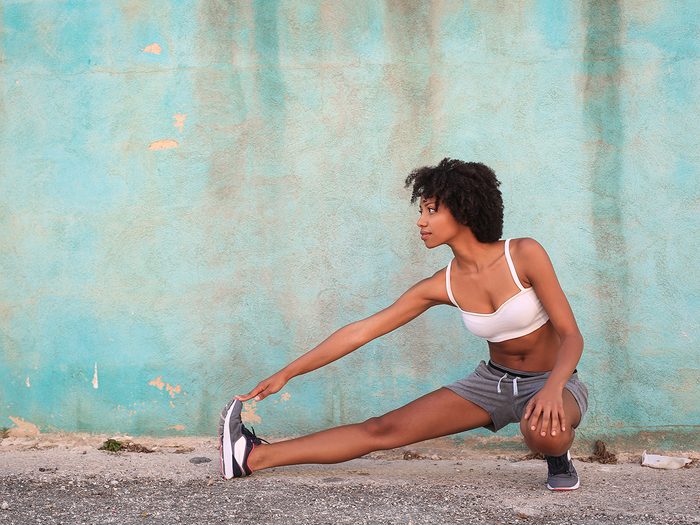
Food matters
There’s an entire industry built around hydrating and fueling up for workouts. But you may not pay as close attention to the foods you should avoid. Having the wrong stuff in your gut can prevent your workout from being as effective as it could be—or, worst case scenario, give you GI issues. “There’s no one-size-fits-all recommendation,” says Leslie Bonci, director of sports nutrition at the UPMC Center for Sports Medicine in Pittsburgh, Pennsylvania. “It depends on how long you’re working out, at what intensity, your weight goals, your gut tolerance.” There are, however, some basic truths when considering what will maximize your performance—and what will sabotage it (Also, here’s what to eat to boost your energy.)
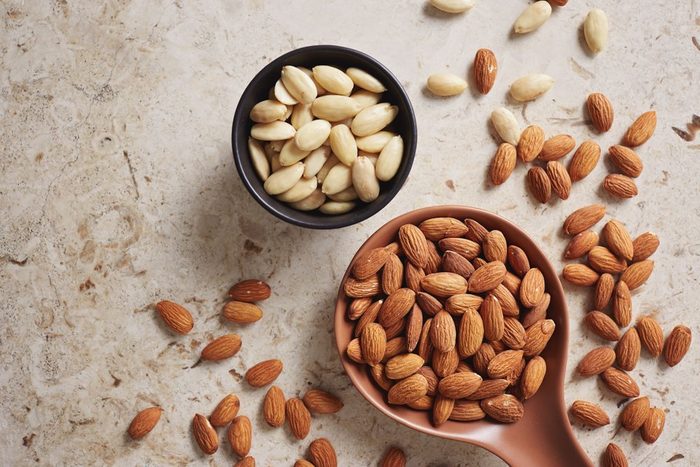
Fuel for thought
Your main goals in eating before a workout are to stay hydrated and to fuel your exercise. One of the most common mistakes people make is overestimating how many calories they’ll need. Generally, Bonci says, you’ll want to make sure to eat within two to three hours of a workout. But you don’t need much—around 200 calories will do it for a typical moderate- to high-intensity one-hour session. For that reason, and especially if you’re trying to lose or maintain your weight, she suggests incorporating that pre-workout nosh into a meal or splitting your meal to eat half before your workout and half after. That way, you’re less likely to over-consume calories.
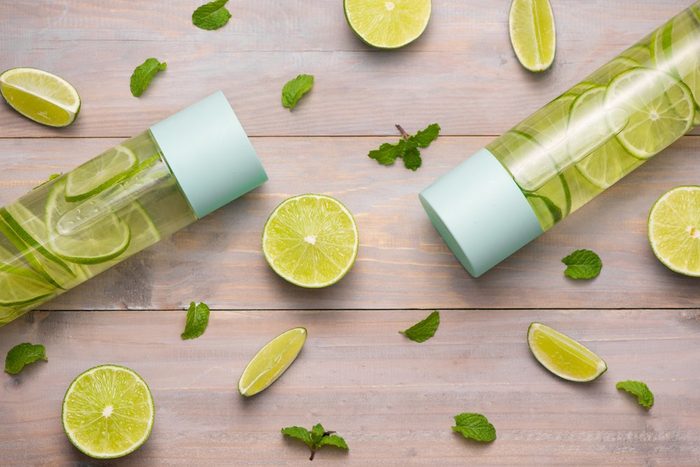
Think Goldilocks
If you don’t eat or hydrate enough before a workout, you may not have the stamina to keep pushing through. But if you eat too much, it can divert blood away from your muscles to your digestive system, slowing you down. You need to strive for a happy medium. Bonci says about 14 to 20 ounces of liquid an hour before you exercise is a good rule of thumb. And as far as food goes, you’ll want a mix of protein and carbohydrates for fuel. “What you eat before you work out won’t be immediately available as an energy source for you,” says Bonci, “but it will help prevent hunger and keep your body from tapping into muscle stores to get energy.” (You can also try these foods that’ll increase your water intake.)
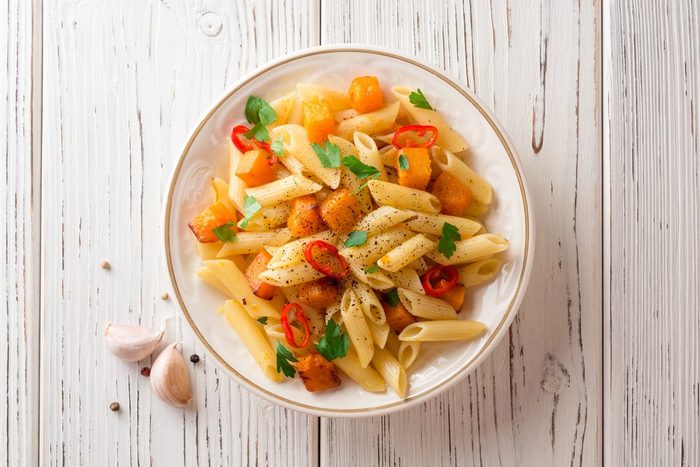
Heavy carbs
Your body needs carbs as a quick source of energy, but you can easily overdo it. “Carb loading doesn’t mean carb bloating,” says Bonci. You want a moderate amount of complex carbohydrates (whole grains over white pasta and bread), and you need enough fluids to help your body use those carbs as an energy source. (Or, try eating these foods to prevent feeling lethargic.)
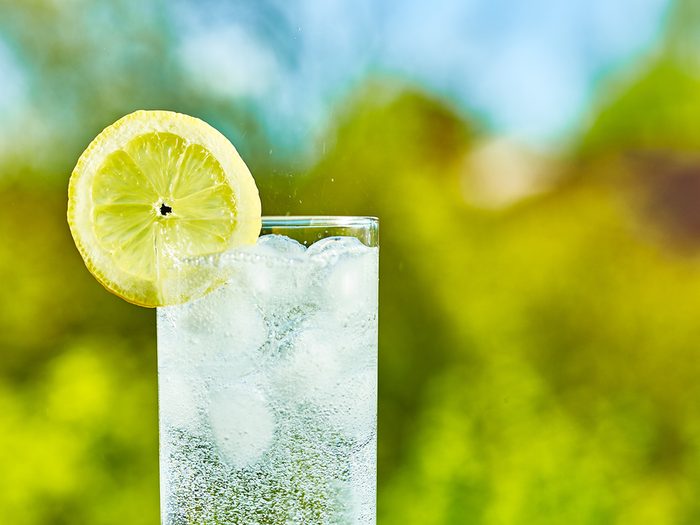
Carbonated beverages
La Croix is lovely, but bubbly drinks shouldn’t be your choice for hydration, according to Bonci: The carbonation can cause gas and bloating, neither of which are great for an exercise routine. “Carbonation can also delay fluid getting to your muscles,” she says. Skip the sparkling water and even the kombucha, which can be fizzy. (Did you know that carbonated water can also wreck your teeth?)
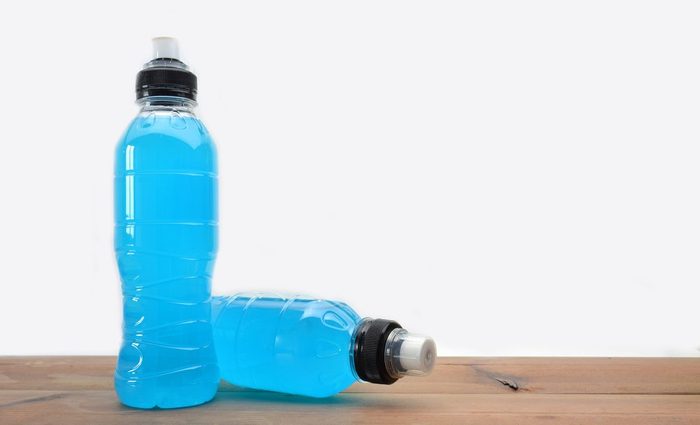
Sports drinks
There are a lot of sugary liquids masquerading as energy drinks, claiming to replenish electrolytes and help you work out harder. The problem, Bonci says, is that overhydrating can bring too much fluid into your stomach with not enough exiting, which can be detrimental to your workout. She recommends looking for a drink that has between 14 and 15 grams of carbs per 8 ounces and chugging only a single bottle. If your workout is less than an hour, you can drink water during exercise itself.
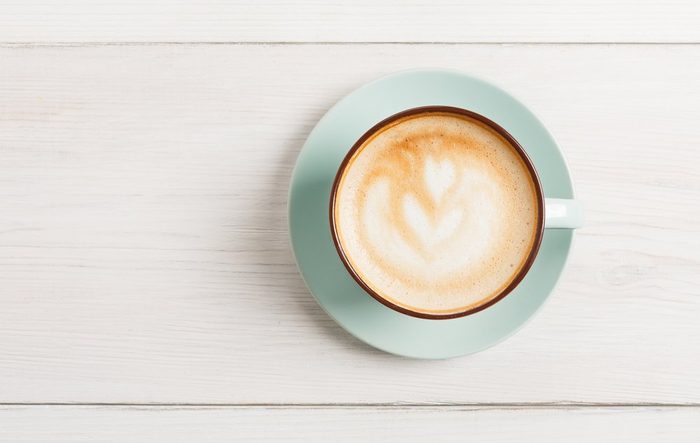
Too much caffeine
Although studies suggest that caffeine can boost your performance and reaction times, that’s only true for moderate levels (around 200 milligrams). Because the average 12-ounce cup of coffee is easily 250 to 300 milligrams, warns Bonci, you’re better off limiting yourself to a half cup. And the same rule applies to energy gels, goos, and bars spiked with caffeine, so read labels carefully. (Do you drink coffee or tea? Here’s which one’s better for you.)
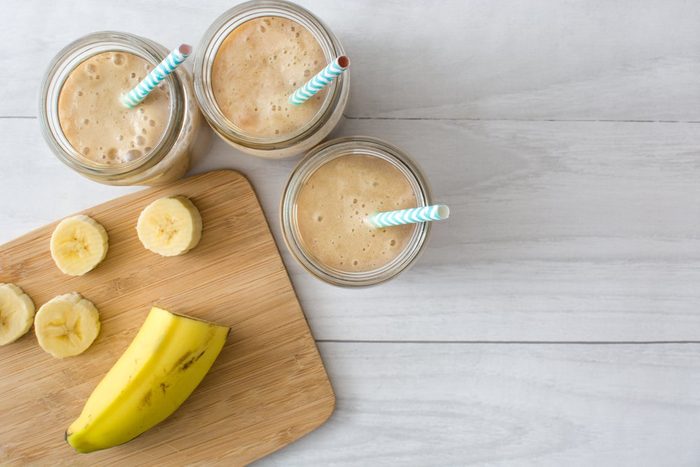
Bananas
Potassium can help ease muscle cramping, but people tend to go a bit overboard. “Potassium loss during exercise is pretty minimal,” says Bonci. “If you’re eating a decent diet, you’re probably getting enough potassium already.”
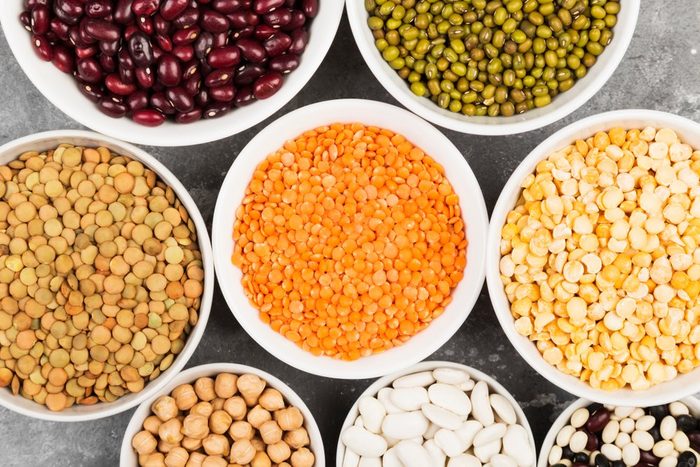
Beans
Full of plant-based protein, fibre, and antioxidants, beans are one of the healthiest meals you can have. But beans, like other high-fibre foods, do have the unfortunate side effect of bloating and gas, which can interfere with your workout and cause unwanted GI symptoms, says Kelly Pritchett, PhD, RD, national spokesperson for the Academy of Nutrition and Dietetics. If you’re one of the lucky people who have a high tolerance for beans (and suffer minimal gas), you don’t have to worry. But if you aren’t used to eating them often or have experienced issues when eating them in the past, it’s probably best to avoid the three-bean salad until after your workout.
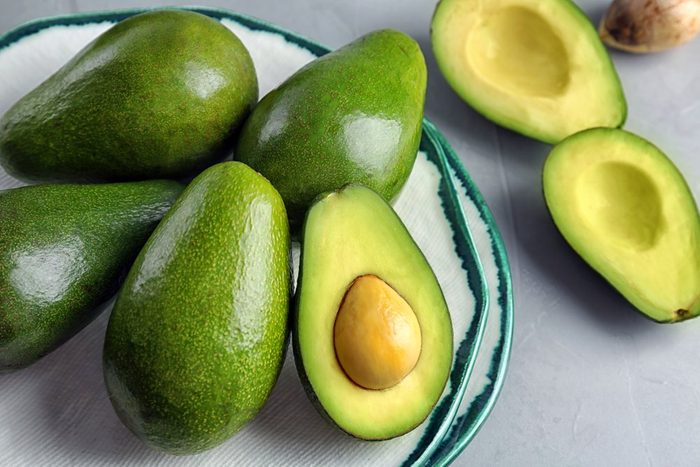
Avocados
They’re delicious and healthy, thanks to all their healthy mono- and polyunsaturated fats. However, they can weigh you down during exercise. “High-fat foods keep you satiated longer because they take more time to digest,” says Pritchett. “But they may leave you feeling sluggish as your body is trying to digest them.” That’s mainly because your blood and other bodily resources are diverted to your digestive system, not your muscles. Too much fat of any kind can also prevent carbs from leaving the stomach quickly enough to fuel muscles. That’s why it’s best to avoid high-fat foods, including things like nuts and nut butters, as well as unhealthy fried foods, before a workout. (Here’s what happens when you eat an avocado every day.)
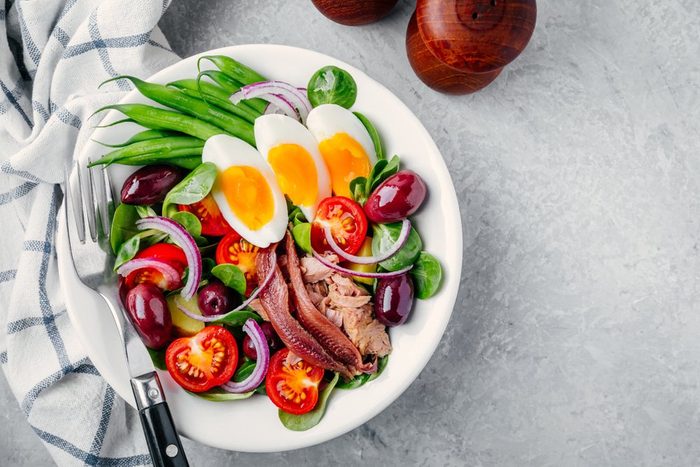
Salad
Yes, it seems counterintuitive, but those leafy greens and chopped veggies aren’t ideal pre-workout. They equal a lot of water and fibre but not a lot of protein, carbs, or calories—and you need adequate amounts of those to push through your workout, says Bonci.
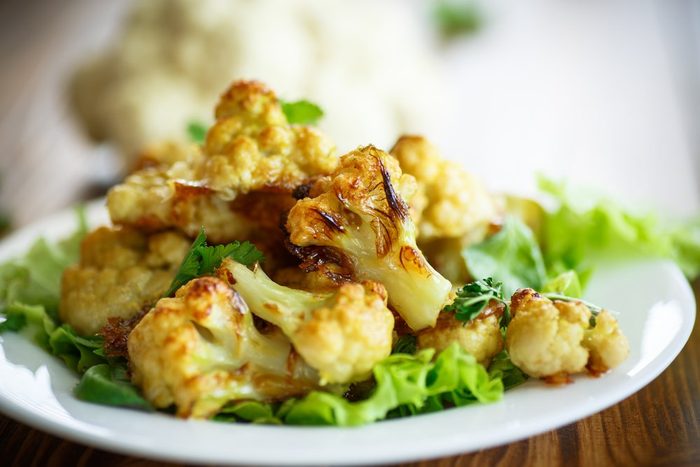
Cauliflower
This veggie star has been on the rise thanks to its cancer-fighting properties and other benefits. But members of the Brassica family including broccoli, Brussels sprouts, and cabbage are known to cause bloating and gas due to an indigestible sugar called raffinose. Because GI distress can hamper even the most committed gym goer, it’s best to save these veggies for after you hit the showers.
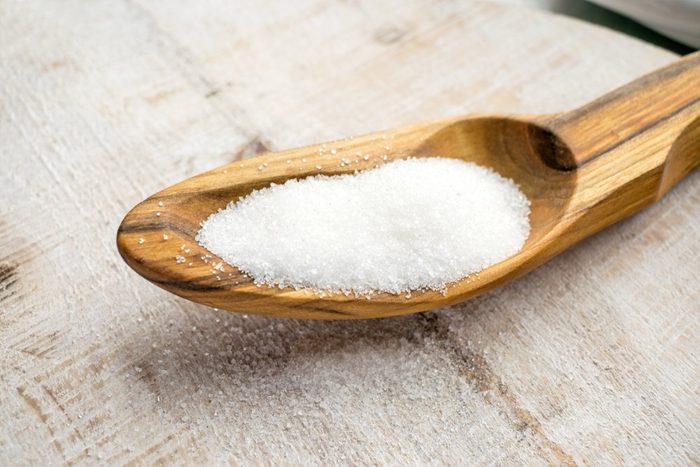
Artificial sweeteners
While foods with low- to no-cal sugar substitutes are tempting when you’re trying to shed pounds, they’re a bad idea pre-workout: They’re another substance that can cause gas and bloating. What’s more, says Bonci, it’s a myth that sugar before a workout is terrible. It provides quick energy, she says, and you’re less likely to suffer a post-sugar energy dip: “Exercise activates hormones that help prevent a blood sugar crash.” Just don’t go crazy. “Sugar takes longer to leave the stomach, so if you eat a concentrated source of carbs like candy, you’ll run into problems.”
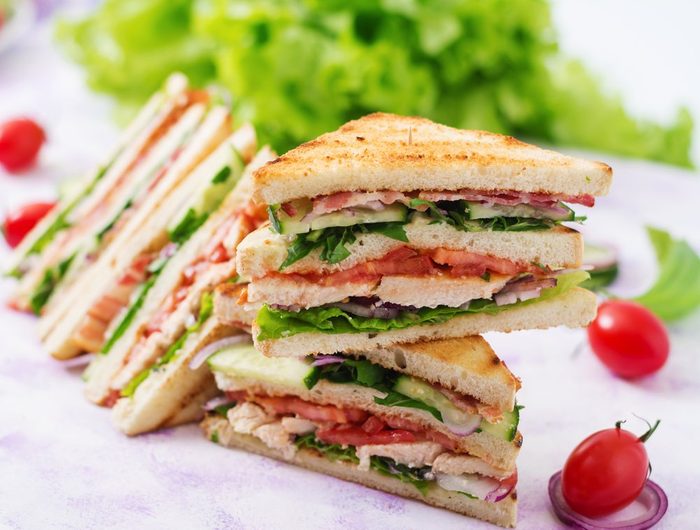
Stick with the familiar
Another good rule to follow when fueling up: Now is not the time to get creative or try something new. “It’s best to stick with a pre-exercise meal that the body is used to,” says Pritchett. That way, you won’t have any unexpected side effects and your body can function at its optimal levels.
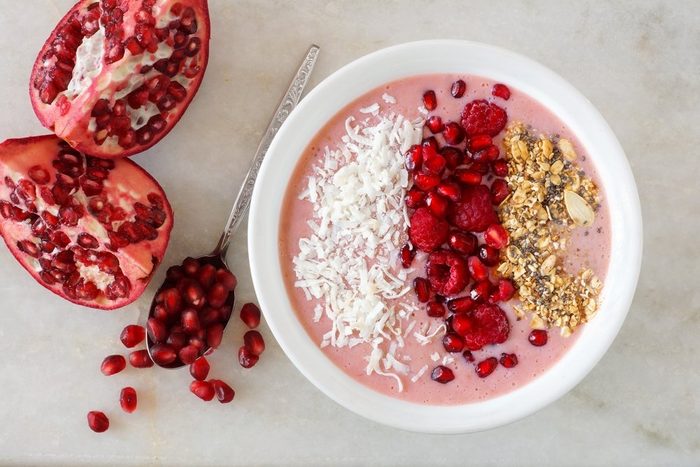
What really works
So what makes a good pre-workout snack? Bonci likes to aim for a mix of carbs, protein, and a touch of healthy fats—all of it 200 calories or less. Some of her go-tos include a six-inch tortilla thinly spread with dark chocolate, peanut butter, and half of a sliced banana; she also likes a smoothie made with half a cup of fruit, soy milk, yogurt, and a smear of nut butter. “Liquids like smoothies leave the stomach more quickly, which means they get energy to the rest of your body faster.” Regardless of what sounds most delicious and nutritious to you, just make sure you eat something before you exercise. “Even if you’re trying to lose weight, exercising on an empty stomach is not as efficient because you can’t work out up to your potential,” Bonci says. Plus, you’re likely to be hungrier as a result and overdo it at your next meal.
Next, find out what fitness instructors eat after a workout.
